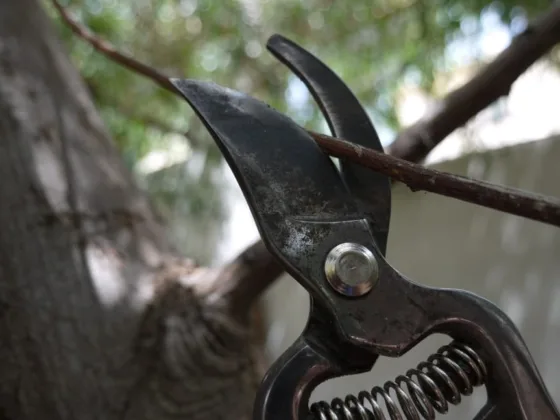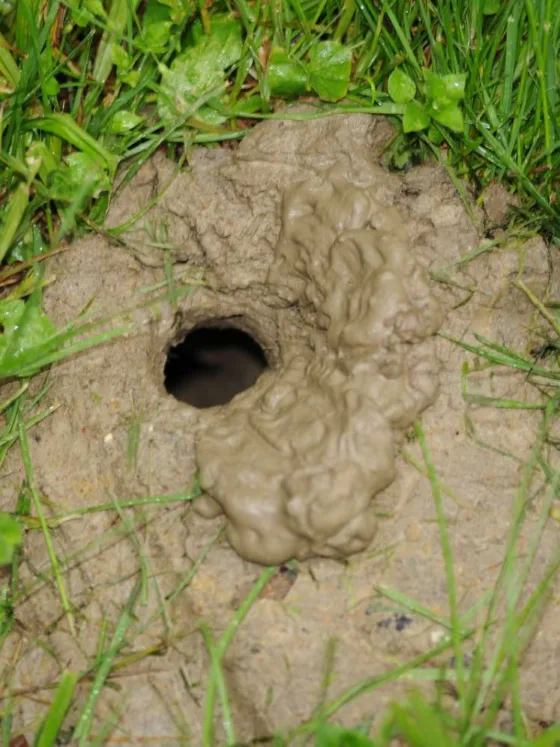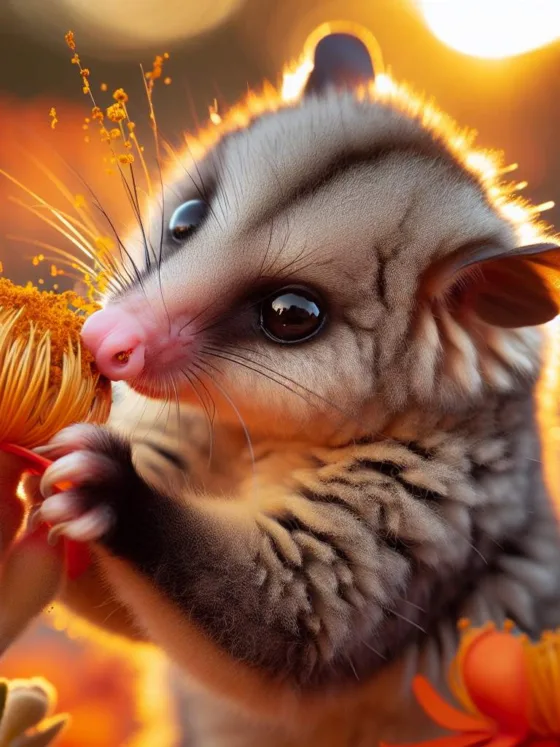Table of Contents Show
I’m sure that we all know about the environmental impact caused by the huge amount of plant material being sent to landfills.

Although this is a very important issue, let’s not just worry about it – let’s do something about it. As gardeners, let’s compost for purely selfish reasons and leave the guilt to the non-gardeners.
Gardeners like to have beautiful healthy plants and will go to great lengths to get their plants to be the very best.
This is where compost comes in. We have all the raw materials needed to create our own nutrient-rich soil amendment and compost, and best of all it’s free.
Whether the garden contains heavy clay or sandy soil, compost is a gardener’s best friend.
When I think of the actual methods for composting, I think of doing it as simply and conveniently as possible.
Here’s a revolutionary concept and a challenge to landscape architects: how about planning composting areas right into gardens and actually making them attractive and convenient to use?
These areas seem to be tacked-on afterthoughts that are usually located in cramped and difficult-to-access areas of the garden.
No wonder many people don’t compost! We make it too challenging! It’s just too hard! Now, there’s some food for thought. Hopefully, food is grown with compost!
Let’s Talk Basics
Compost will happen naturally if we just pile up our waste plant material and walk away.
But with a little organization and consistency, the process can happen much more quickly and efficiently. Composting can be fun and the whole family can get involved.
The process of composting can become as commonplace as recycling, and there is the tangible payoff affectionately known to composters as “Black Gold”.
Black Gold or finished compost is rich, dark, and smells good. That might sound like the description of a good cup of coffee.
Well, you can compost your coffee grounds as well as many other waste materials or resources from your kitchen.
Here’s an easy compost recipe for the home gardener;
The container or compost bin

You’ll need some sort of compost container. My favorite is a three-bin system consisting of three modules of 4’ x 4’ x 4’ with lids and removable fronts.
A lid is very beneficial in the winter, as it will keep the compost bin from filling with snow.
It will also protect the compost bin contents from becoming too wet if there is a lot of rain.
Hopefully, you will choose a container that has sufficient volume to create “hot compost”.
Your compost container needs to have sufficient openings to allow air to enter the bin. Luckily, there are many designs for compost bins available.
Bin volume
If the pile has sufficient mass, hot compost will occur. A bin of at least 3 feet cubed and not more than 5 feet cubed is the easiest to manage and will give you the desired hot compost.
Several bin modules of this volume will make turning and adding new materials throughout the year much more convenient.
Location
Locate your container in an area that is easy to access all year round. You can continue to add materials to your compost bin in a northern garden in winter too.
Since just the right amount of moisture is important, the bin should be located near a water source. You will probably need to add water occasionally.
Ingredients for Your Compost Pile
Brown and green materials
Layer the following brown and green materials in equal amounts by weight.

“Brown materials” are carbon-rich materials such as dry leaves. If you live in an area that has mature trees, you are in luck.
If not, you will find that friends, relatives, and co-workers who have not yet embraced the idea of composting will be thrilled to give you their leaves in autumn.
Dry leaves can be mulched and bagged in autumn for use throughout the rest of the year.
Mulching leaves prevents clumping or matting in the bin. Also, the mulched leaves will require much less storage space and will break down more quickly.
“Green materials” are nitrogen-rich materials such as vegetable and fruit scraps, coffee grounds including the paper filter and tea bags from the kitchen, and green plant material from the garden.
Chopping the kitchen scraps and garden waste will help the composting process happen much more quickly.
Crushed eggshells can also be added. Fresh grass clippings can be used as a green material, but my preference is to mulch and leave my grass clippings on the lawn.
There are certain materials that you should exclude from a compost pile. Do not add pet waste, meat, dairy products, diseased plants, or ripened weed seeds.
Moisture
The pile should have the moisture content of a wrung-out sponge. If you have been adding layers of green and brown materials all winter, you will likely need to add some water in the spring.
Air
Your compost bin should have ventilation openings, but some turning or mixing will still be necessary to ensure that air reaches the center of the pile.
Turning the compost pile will speed up the composting process and prevent the formation of methane gas.
Layering
Alternating six-inch layers of brown and green materials seems to work well.
In autumn when there is an abundance of both brown and green materials available, a new complete pile can be created.
If this is done properly, hot composting can take place before the onset of winter.
Some Favourite Composter Tools

Mulching mower
Mulching leaves with the mower first before picking them up with a bag will create finely chopped brown material which will break down quickly. Keeping your mower blades sharpened is important.
Long-handled manure fork
This is a very useful tool for turning compost. The long handle makes it possible for a person of average height to lightly turn the pile without removing all of the material from the bin.
When it comes to removing the compost from the bin, the manure fork is a winner.
Compost thermometer
A compost thermometer is inexpensive and will accurately tell you where your pile is on its journey to becoming finished compost. And it’s a fun tool to use, too.
Children love to watch the thermometer’s dial quickly move to 140-150ºF when the compost is actively working.
This can be very dramatic in early spring when the air temperature is still quite cool and steam can be seen rising from the pile.
Compost sieves
These can be purchased or easily built of scrap wood and hardware cloth. Depending on the proposed use for the compost, you may want to remove larger pieces of plant material that haven’t been completely broken down and return them to the compost bin.
Building your own compost sieves will allow you to customize their size so that they are easy to use when you are filling your wheelbarrow, garden cart, or wagon with finished compost.
Flat-mouthed spade
This type of spade is very useful for chopping up plant material before putting it in the compost bin.
After Halloween, I decided to see what the thrill of smashing pumpkins was all about before composting our many Jack O’Lanterns.
I threw the pumpkins on the ground and then diced them using the sharpened edge of our flat-mouthed spade.
FYI – having a large amount of finished compost is much more thrilling than smashing pumpkins!
Lightweight scoop shovel
This shovel is very useful for removing the finished compost from the bin. It is also handy for lifting mulch.

Garden fork
A garden fork is a tool that has many uses. Two garden forks are better than one when you are dividing perennials or when you have a helper at the compost bin.
Enjoying The Fruits Of Your Labors
Your finished compost can be incorporated into your garden soil or can be used as a top dressing for your garden plants or lawn.
Remember, successful composting is not difficult if you have done some planning and if you understand the simple basic requirements before you start.
Please, keep it simple because it is simple.
Good luck, and happy composting!










